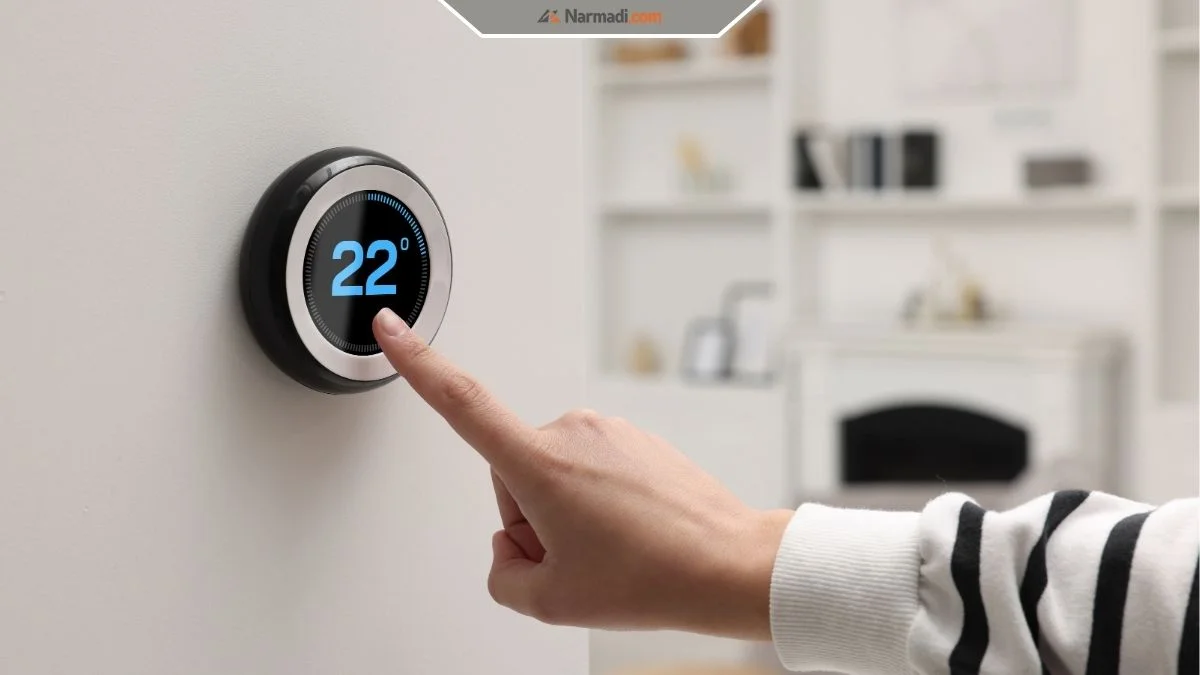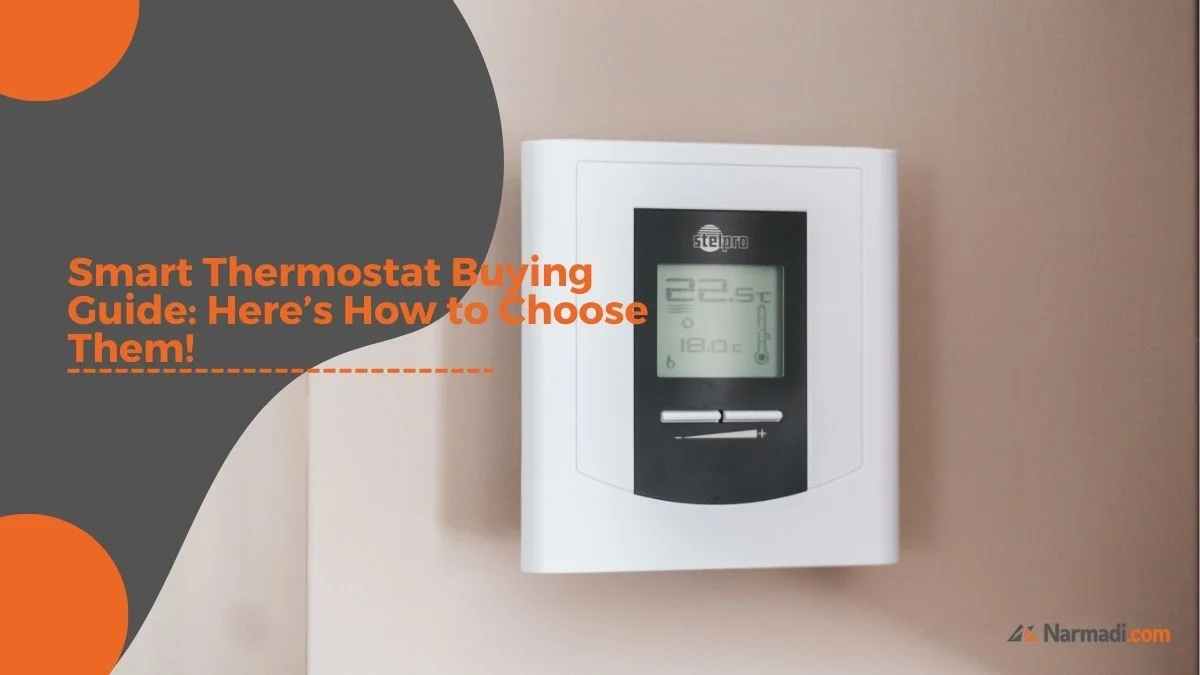Use this smart thermostat buying guide for your consideration when you’re about to buy a smart thermostat for your lovely home.
In recent years, there have been significant advancements of energy efficiency technology in both households and business alike.
It’s called “smart” technology, or also known as smart devices, and one of them being the smart thermostat.
Also Read
Like its name implies, a smart thermostat is a type of thermostat that is equipped with Wi-Fi wireless transmission functionality. This allows you to control the smart thermostat’s settings by only using your smartphone.
Other than that, it is also equipped with a sensor that able to detect your presence in your home so it can automatically turn off when you’re not around.
Not going to stop there, it can intelligently learn your habits, record indoor temperature data, giving you energy reports and so on.
With those features, smart thermostats are able to improve your energy efficiency which in turn will cut your energy bills.
But, for those of you who are new to this technology and want to upgrade your home with it, it might be a little bit confusing to choose the right thermostat, especially when there are lots of them on the market each with different features and specifications.
So, with that consideration, we will give you the smart thermostat buying guide so you have a little insight of how to choose one!
Table of Contents
Smart Thermostat Buying Guide

1. Check the Compatibility with HVAC Systems
This is one of the most important factors to consider if you’re about to buy a smart thermostat as not all thermostats work with every type of HVAC system.
For instance, some models might not support the zoned systems or heat pumps, here are things you can do to ensure its compatibility:
- Check the manufacturer’s website for the list of compatible models.
- Consult with professionals.
- Explore online discussion forums.
- If your heating and cooling systems are separated, you may need to install a smart thermostat for each system.
2. C-Wire Requirements
Many smart thermostats require a C-wire (common wire) to get its best functionality. The function of the C-wire itself is to provide continuous power to the thermostat.
So, if your HVAC system doesn’t have a C-wire, you can choose for a thermostat that doesn’t require one, or you can consider these options:
- Choose the one with a power adapter that can add a C-wire to your system.
- Hire a professional technician to install a C-wire to your HVAC system.
3. Ease of Installation
Although most smart thermostats have relatively simple installation processes and steps that you can complete on your own.
But, you can follow these steps for further consideration:
- Check the wiring of your existing thermostats which usually are color-coded.
- Take a photo or for the better measurement record how the wires are connected, this can help you with installing the new one.
- ALWAYS refer to the manual book from your thermostat’s manufacturer or watch online tutorials to understand the installation process better.
- If you’re still hesitant, consult a professional technician.
After the installation process is done, you can download the app from the respective smart thermostat manufacturer and connect your thermostat to your home’s WiFi network.
Be sure to place your thermostat on an interior wall in the center of your home to access it more easily, and put it away from direct sunlight.
4. Smartphone Compatibility
Make sure that the app that comes with the smart thermostat is compatible with your phone’s operating system.
Although most smart thermostats offer apps that are compatible both for Android and iOS, it is best to check it on the manufacturer’s website before buying one.
And in addition to that, it’s wise to check whether the app requires a subscription or not.
5. Smart Home Integration Options
Most smart thermostats can be integrated with other smart home devices systems. This includes a voice control assistant through Amazon, Alexa or Google Assistant.
By considering this factor, you can connect your thermostat with other smart devices like smart windows for example, so your thermostat allows the HVAC system to automatically shut off when a window is opened.
6. Temperature and Motion Detection Sensors.
Choose the one with a temperature and motion detection sensor for better climate control in your home or purchase the sensors separately.
The temperature sensors can detect the temperature in different areas so your thermostat can adjust it accordingly, while motion sensors can detect the presence of anyone in your home.
7. Additional Features
Consider these additional features to give you an extra convenience:
- Artificial Intelligence: So your smart thermostat can create personalized heating and cooling schedules by learning from your behavior.
- Geofencing: Will detect your smartphone’s location to automatically detect whether you’re home or not and adjust the temperature accordingly.
- Vacation Mode: Optimize energy usage while you’re going on vacation
- Air Filter Reminder: Notify you when the filter needs cleaning.
So there you go! Smart thermostat buying guide for your consideration!


















